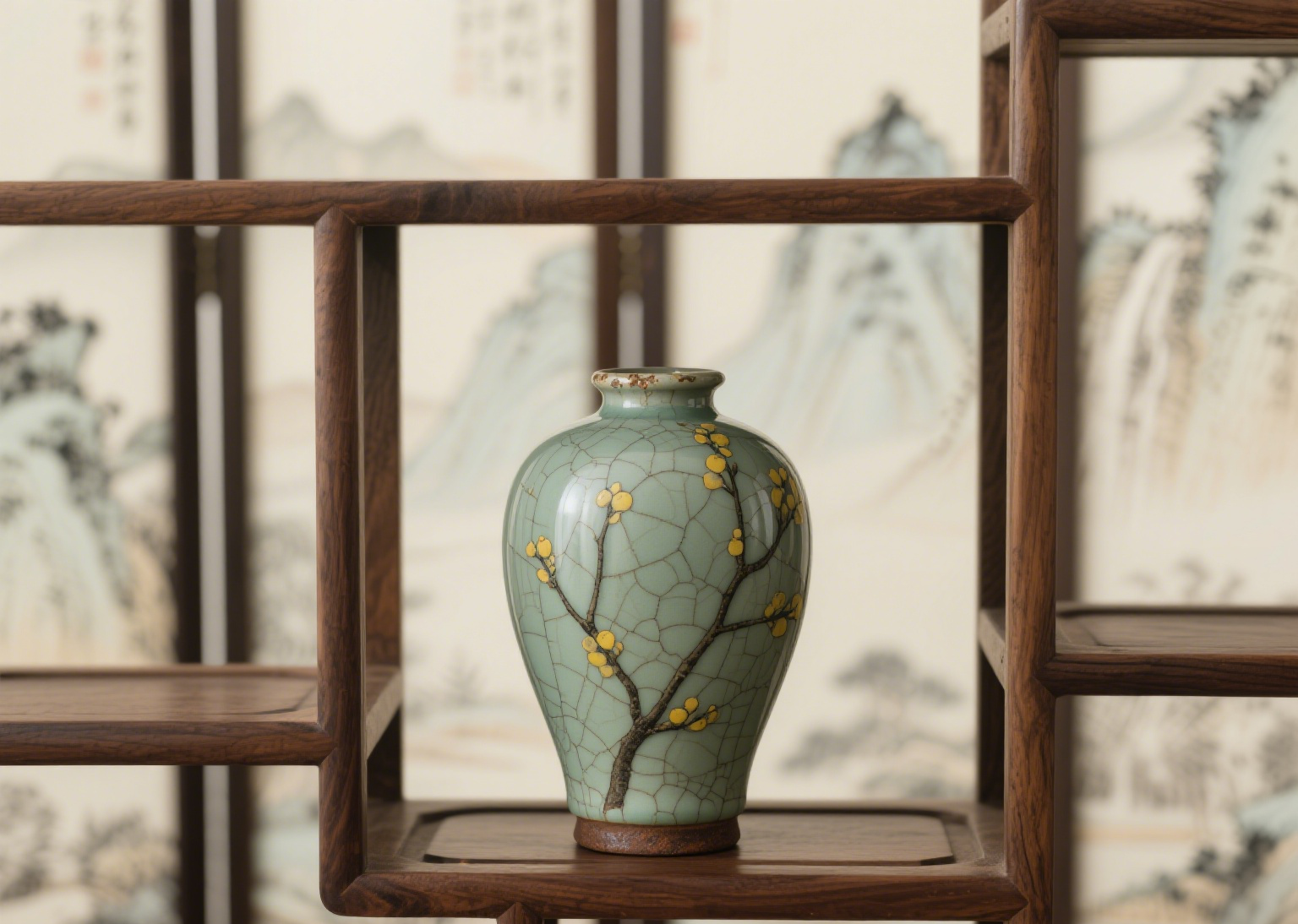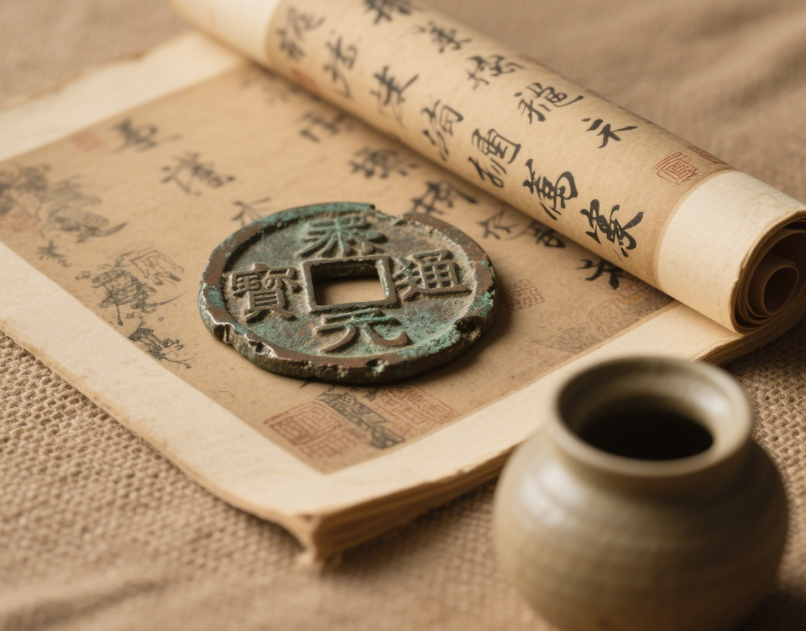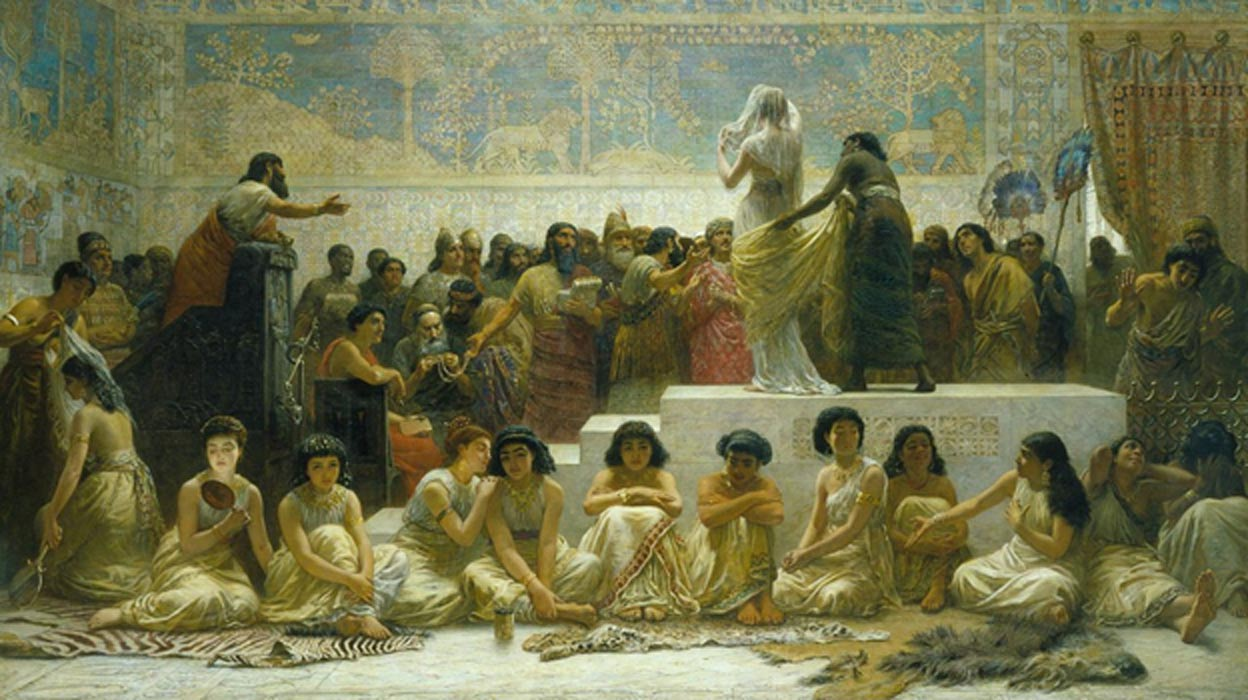The value of antiques lies not only in their materials and age. A Qing Dynasty…
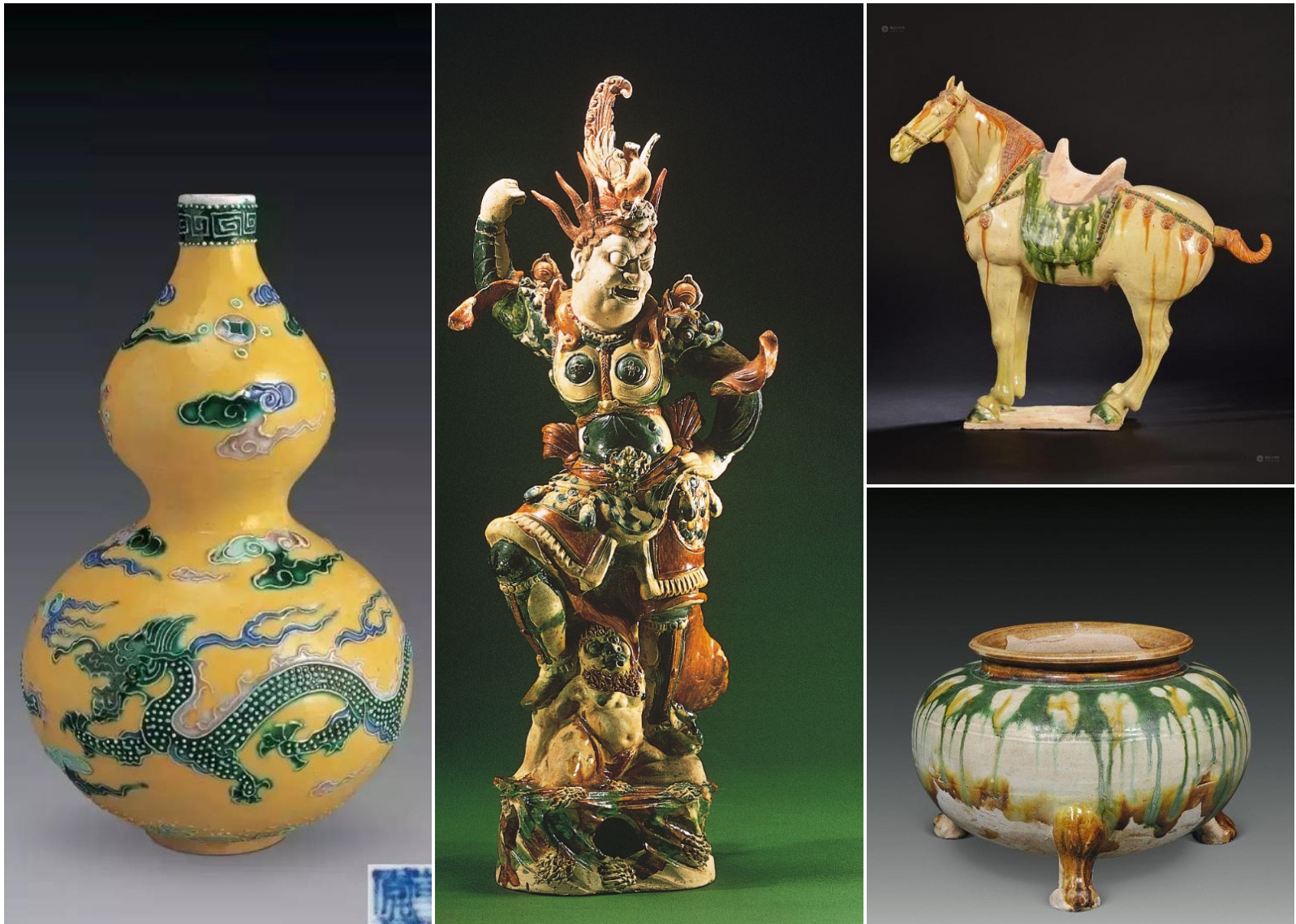
A Millennium of Porcelain: A Cultural Journey of Clay
In China, if one were to name an artistic medium that has endured for millennia, traversed mountains and rivers, and carried the spirit of humanity, ceramics would undoubtedly shine as one of the brightest stars.
Ceramics are not only the pinnacle of ancient Chinese craftsmanship but also a cultural messenger that bridged Chinese civilization with the world. From the painted pottery of the Yangshao culture along the Yellow River to the blue-and-white porcelain of Jingdezhen, from the galloping horses of Tang sancai to the serene elegance of Song dynasty ware, every transformation of clay carries the warmth of time and the soul of the artisan.
I. The Miracle of Fire and Earth: The Origins of Ceramics
Ceramics originate from the miraculous fusion of fire and earth. As early as the Neolithic Age, Chinese ancestors began experimenting with firing clay into pottery—some of the earliest examples date back nearly 10,000 years. Though primitive in form, these early vessels marked humanity’s shift from foraging to agrarian civilization. The control of fire allowed humans to change the very nature of materials—soft clay, hardened in high heat, became durable and useful. This was nothing short of a technological revolution.
The distinction between pottery and porcelain lies in higher firing temperatures and more refined craftsmanship. By the Shang Dynasty (16th century BCE), proto-porcelain had begun to take shape, and by the Eastern Han Dynasty, true porcelain was born. With its fine texture and lustrous finish, porcelain was not only functional but aesthetically pleasing, instantly elevating the art of ceramics to new heights.
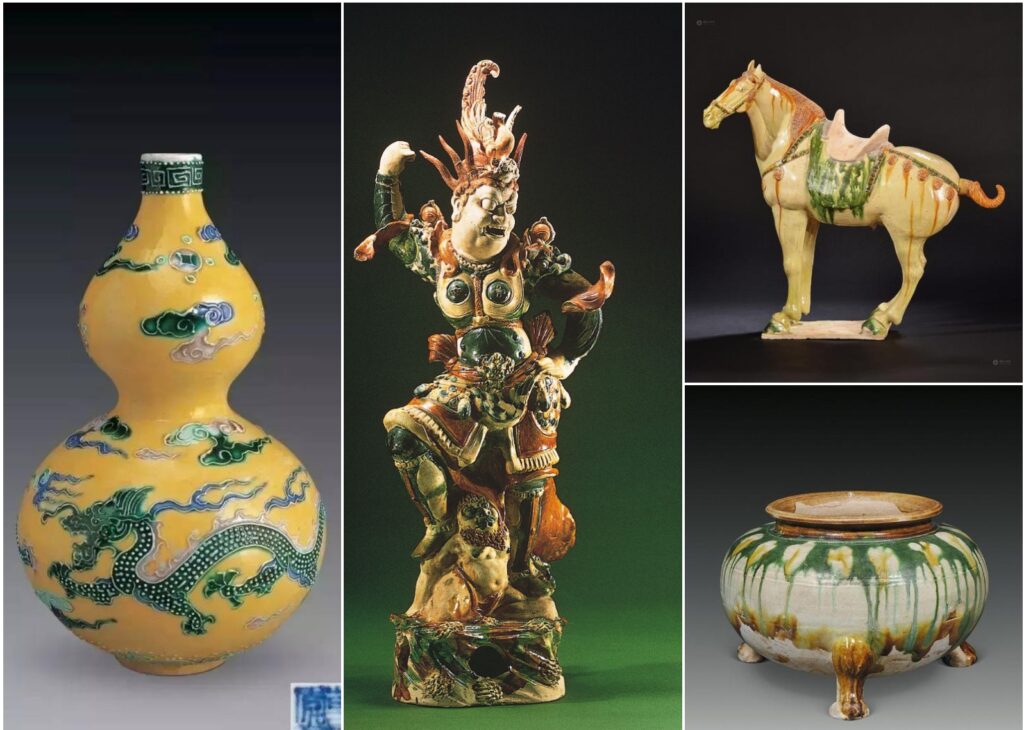
II. A Splendor of Colors: The Golden Age of Chinese Ceramics
The golden era of Chinese ceramics spanned the Tang, Song, Yuan, Ming, and Qing dynasties, each marked by unique artistic styles and cultural expressions.
Tang dynasty ceramics were open and grand in spirit, best exemplified by Tang sancai—a type of tri-colored glazed pottery, mainly in yellow, green, and white. These intricately made objects, often used as funerary offerings, reflected the Tang people’s romantic imagination of the afterlife. They were more than just artworks—they embodied belief.
In contrast, Song dynasty ceramics embodied the pinnacle of Eastern aesthetics—minimalist, restrained, and deeply philosophical. The five famous kilns—Ru, Guan, Ge, Ding, and Jun—were renowned for their soft glazes, refined bodies, and graceful forms. Song ceramics emphasized a beauty “as gentle as jade,” representing a pursuit not only of material excellence but also of spiritual and intellectual resonance.
In the Yuan dynasty, blue-and-white porcelain reached maturity with the use of imported cobalt pigment, ushering in a new era of ceramic decoration. Its vivid color and dynamic patterns quickly gained popularity at home and abroad.
The Ming and Qing dynasties marked the peak of ceramic exports. Jingdezhen became the “Porcelain Capital,” producing the vast majority of the nation’s ceramics. Especially during the Yongle and Xuande reigns of the Ming dynasty and the Kangxi, Yongzheng, and Qianlong periods of the Qing dynasty, blue-and-white, doucai, fencai, and falangcai techniques all reached new artistic heights.
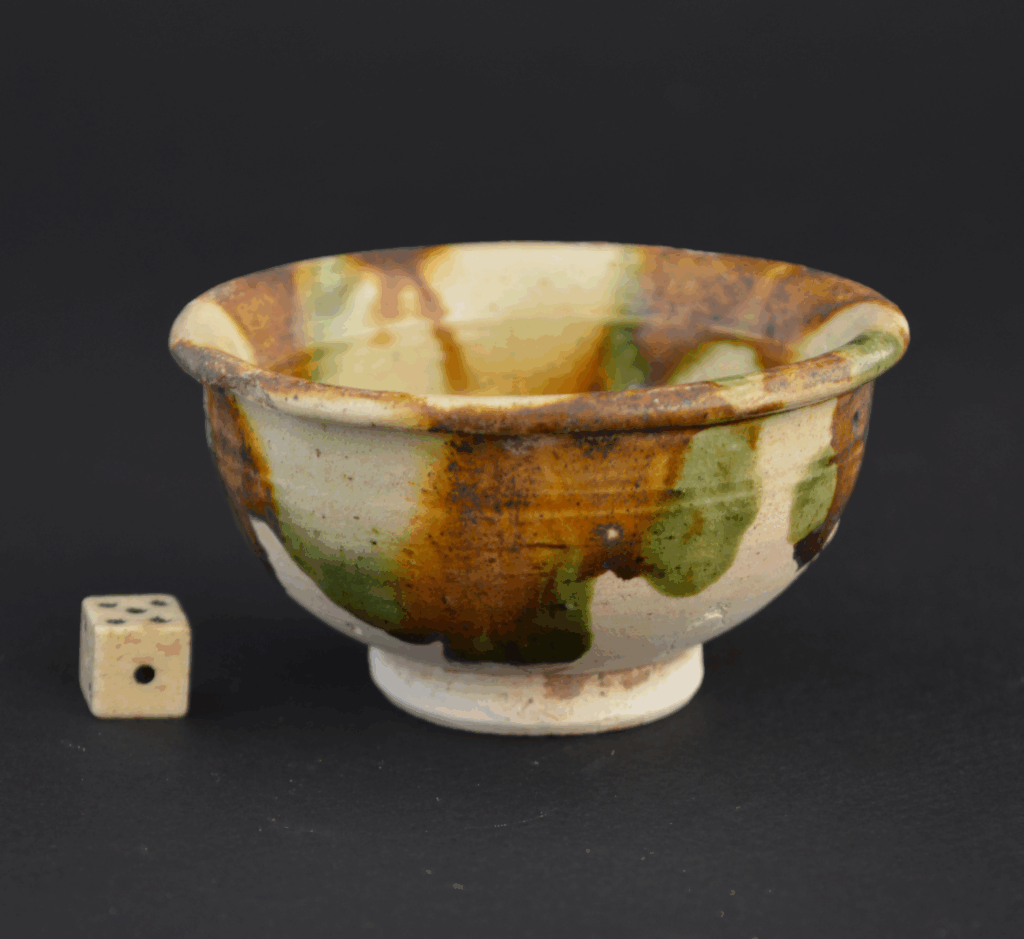
III. Ceramics and the World: China’s Cultural Diplomat
In English, the word “China” refers both to the country and to porcelain—a testament to ceramics’ symbolic power. Since Zhang Qian’s diplomatic missions to Central Asia during the Han dynasty, ceramics have traveled along the Silk Road to Europe, the Middle East, and Africa. Especially during the Song, Yuan, Ming, and Qing dynasties, the booming Maritime Silk Road made Chinese porcelain a globally coveted treasure.
From Italy’s Medici porcelain to the Netherlands’ Delftware, from Islamic imitations to Japan’s Arita ware—all were deeply influenced by Chinese ceramic artistry. Porcelain was not just a trade good but a conduit of cultural exchange and integration.
What captivated the world was not only the exquisite craftsmanship but also the Eastern philosophy and lifestyle aesthetics it embodied. A single blue-and-white vase might depict misty southern landscapes or lofty pavilions—not mere decoration, but an externalization of a poetic life.
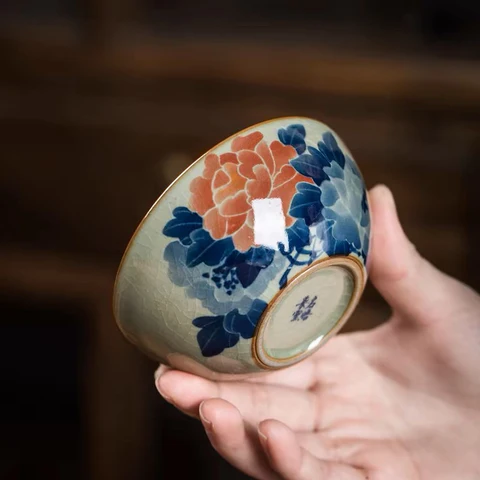
IV. Modern Ceramics: A Dialogue Between Tradition and Innovation
In the modern era, ceramics have long transcended their utilitarian and decorative roles, becoming integral to contemporary art, architectural design, and even advanced materials science. Traditional ceramic hubs like Jingdezhen, Yixing, and Dehua have embraced modern design concepts, pushing ceramic art toward greater diversity.
At the same time, many contemporary ceramic artists are building on traditional techniques while incorporating modern aesthetics, creating thought-provoking and experimental works. Some combine ceramics with installation art; others integrate digital technologies, breathing new life into the clay.
Ceramics have also re-entered daily life as objects of aesthetic reconstruction. A hand-thrown teacup or a plate with crackled glaze is no longer just a vessel—it becomes a medium of dialogue between people and nature, history, and aesthetics.
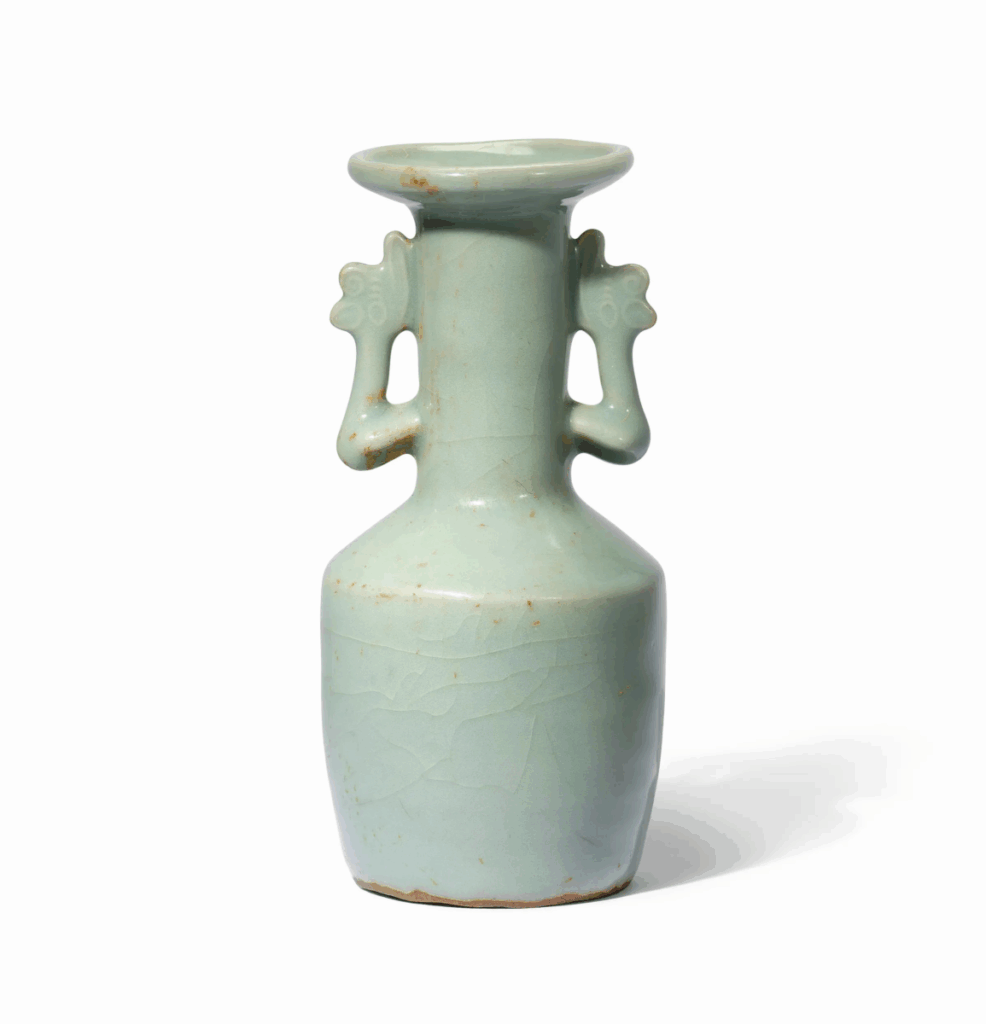
V. The Future of Ceramic Culture: Inheritance and Renewal
The roots of ceramic culture lie in the earth—and in the heart. It is an inseparable part of traditional Chinese culture and a vital gateway to understanding concepts like craftsmanship and beauty.
The future of ceramics should be one of mutual advancement: on one hand, continuing to preserve and educate in traditional crafts, keeping ancient skills vibrant; on the other, embracing new materials, concepts, and technologies, allowing ceramic culture to integrate into modern life and remain accessible to all.
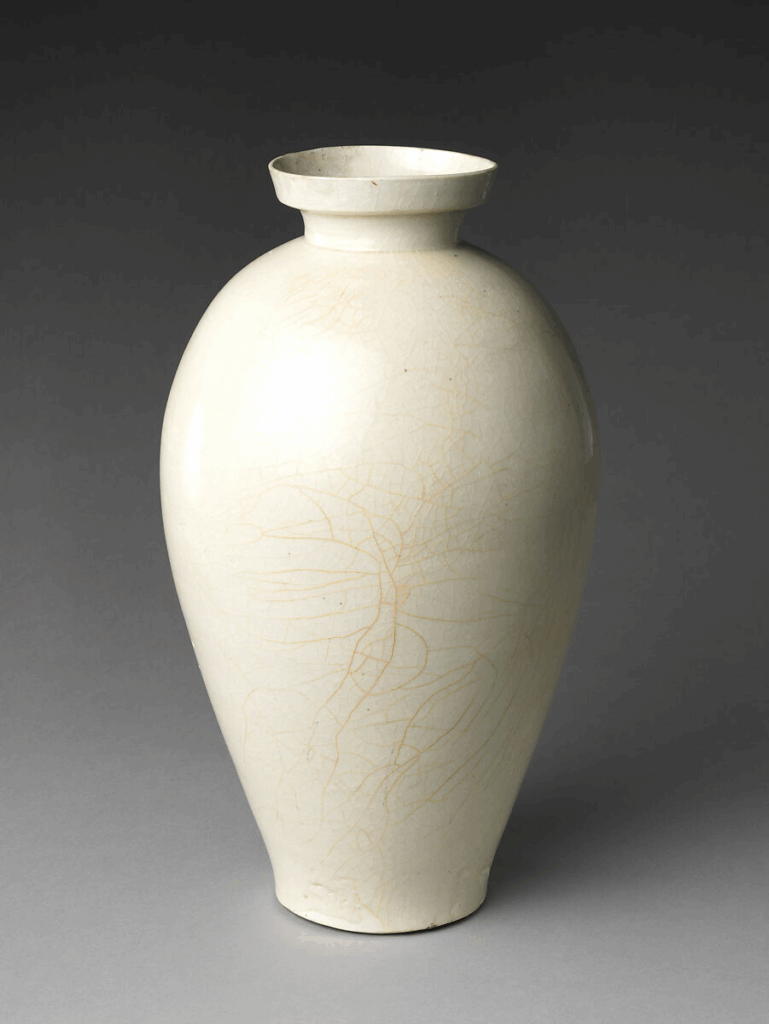
“Porcelain speaks across a thousand years.” Every piece of clay tells a story; every glaze carries warmth. From hand-molding to high-temperature firing, from the meeting of earth and flame to the fusion of art and soul, ceramics are among the most tender expressions of Chinese culture. Though silent, they transcend time, whispering to us the aesthetic ideals and life philosophies of a nation across the ages.

